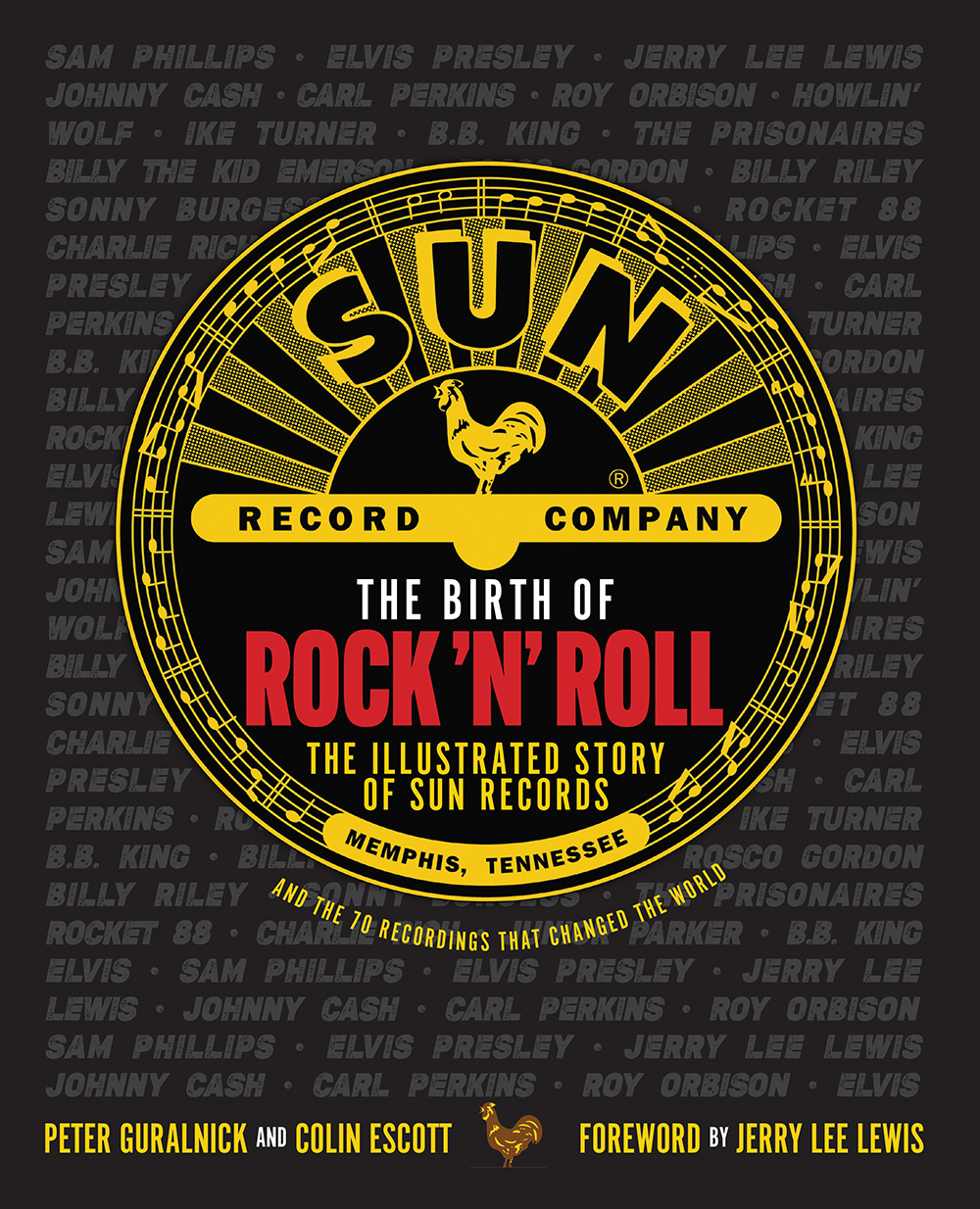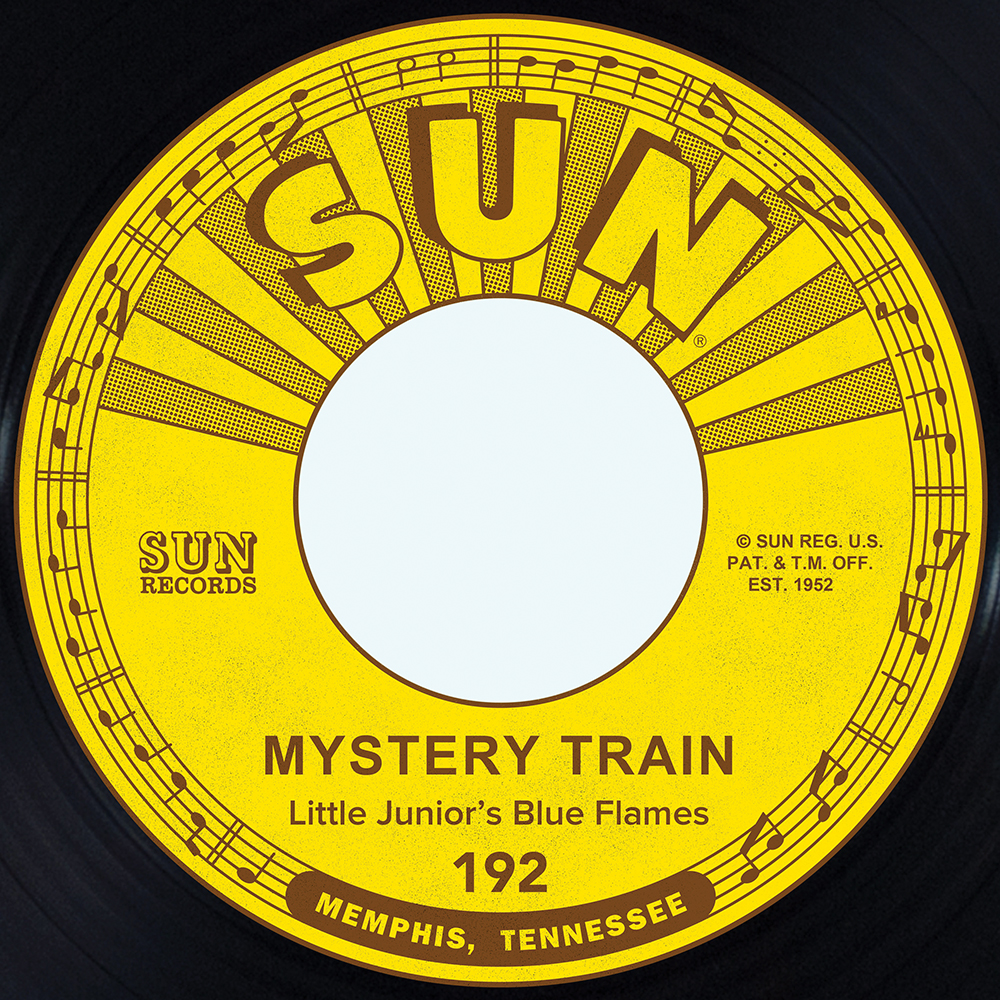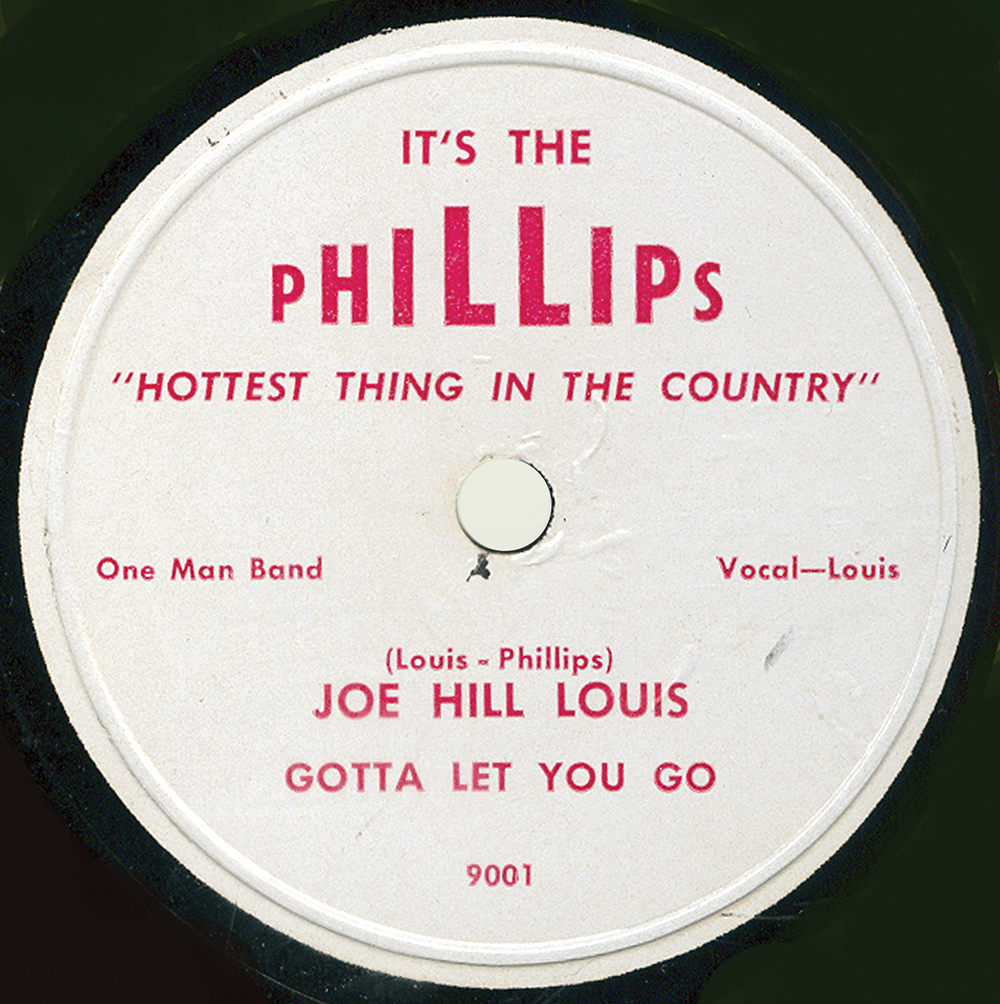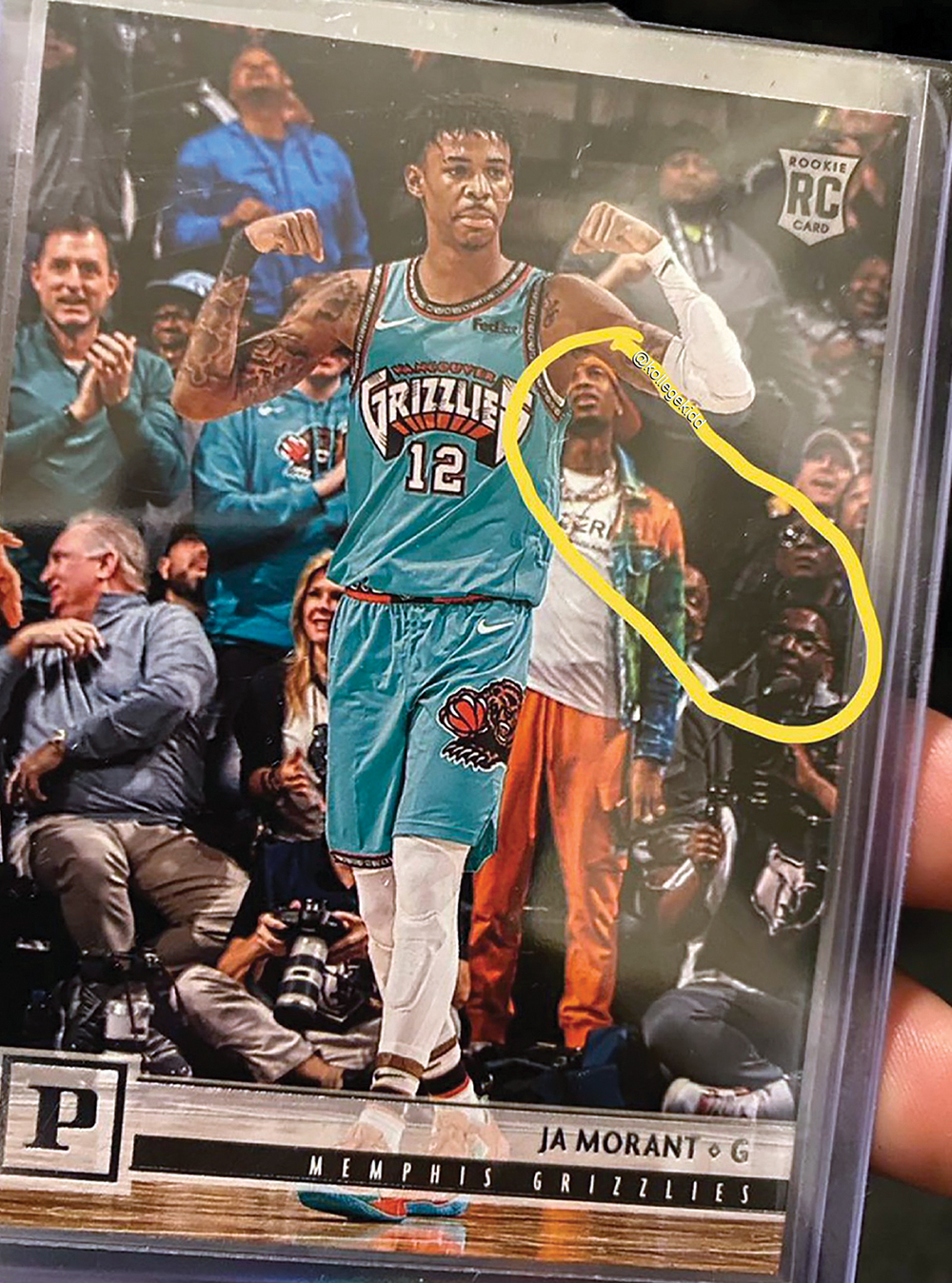One striking thing about WYXR, a relative newcomer to the Memphis community radio game, is the synergy it’s been able to develop with its partners: The Daily Memphian, the University of Memphis, and Crosstown Concourse. Their ties to the latter really pay off when it comes to public happenings, and this coming weekend epitomizes that. The inaugural Raised By Sound Music Festival, presented by MEMPHO, will make use of nearly all the spaces available at the Concourse.
It begins Saturday with an afternoon of free music, in both the central atrium and Crosstown Brewing Company. Listeners can check out a remarkably eclectic lineup that reflects the station’s commitment to diversity. The atrium will feature Mak Ro (1:30), Whelk Stall (2:20), and Erin Rae (6:30), while Crosstown Brewing will host Lemon’s (3:10), Doll McCoy (4:00), Idi X Teco (4:50), and Nots (5:40).
But the highlight is undoubtedly an example of WYXR not only reaching across genres, but deep into history as well: a celebration of the 50th Anniversary of Big Star’s #1 Record in Crosstown Theater, with an all-star version of the band led by founding member Jody Stephens. Beyond that, there’s still more happening in The Green Room, where MGMT’s Andrew VanWyngarden and Bodywerk will DJ an after-party.
Big Star’s appearance will be a crowning moment in the band’s history, which began in 1971 with the high hopes, ambitions, and talents of founders Chris Bell, Alex Chilton, Andy Hummel, and Jody Stephens, but didn’t include large audiences or record sales — at the time. Now, of course, the band’s onetime cult status is recognized as the inspiration for many bands that came after, including R.E.M. and the Replacements.
The ultimate sign of their renaissance, long after Bell’s tragic death in 1978, was the version of the band led by Chilton that began playing in 1993, featuring Stephens and erstwhile Posies Jon Auer and Ken Stringfellow. Since Chilton’s death in 2010 (followed that same year by Hummel’s passing), lone survivor Stephens has curated a series of tribute shows, typically honoring Big Star’s Third/Sister Lovers album, but including other songs from the band’s catalog, built around a large, rotating cast of talents that often included orchestral players.
This time around, the revival of Big Star will bring it back to it’s founding principle: a tight, sparse rock band with an ear for dynamic arrangements, riffs, and vocal harmonies. Pared down to a quintet featuring Stephens, Auer, Mike Mills of R.E.M., Pat Sansone of Wilco, and Chris Stamey of the dB’s, this iteration of Big Star will likely rock harder than any version of the group since Chilton’s death.
To get a sense of how this quintet is approaching #1 Record‘s 50th Anniversary show, I reached Jody Stephens in Athens, Georgia, where he was waiting to play later that night. The group is taking the anniversary show on the road, but for Stephens, playing Memphis is ground zero.
Memphis Flyer: You’re playing Athens tonight. Big Star really had an impact down there, very early on.
Jody Stephens: Yeah, Mike Mills and Peter Buck were the first two musicians that had some popularity to start talking about Big Star. And then of course there were the Replacements and several others. But what initiated that was, first of all, John Fry was the genius behind engineering and mixing the Big Star records. So they sounded amazing. But John King made sure they got into the hands of all the rock writers. And he was really effective at that. And because he was able to do that at the rock writers convention, people who were into music, especially pop rock or alternative music, at least knew who Big Star was. The whole reason we can play these dates, celebrating #1 Record‘s 50th Anniversary is that we had a lot of things going for us in the early ’70s. Now, the music’s had an impact on us all. And then there are the communities that gather for these shows. And the various lineups we’ve had. This one in particular: Mike Mills, Pat Sansone, Chris Stamey, Jon Auer, and myself — being able to get out and play these shows means a lot to us.
I remember the sense of discovery I felt when a friend first played me #1 Record, back in our twenties. It felt like you were going into a parallel universe with a whole other body of radio hits. Every song was just a gem, so finely crafted, it sounded like the LP was meant to be a hit.
Thanks! That’s a good way to put it. A parallel universe!
I guess it was a hit, just in very slow motion.
Yeah. I’m glad we did that record early on in my life, or I wouldn’t be around to celebrate its 50th Anniversary. Or at least be capable of playing. You know, I just turned 70, and I don’t give up playing because I’d give up this community of people.
It must feel great to be doing these songs live. I suppose it’s the first time some of them will be performed live?
We’re doing “Life is White” now, and that was never performed live by Big Star. The Lemon Twigs joined us when we played the Wild Honey Foundation concert in Los Angeles, and they’re joining us again in Jersey City. And that’s kind of what prompted our doing “Life is White,” but we’ll be doing it in Memphis now, just as a five piece. Also “There was a Light,” and things like “Try Again.”
You’ve done several as part of the Big Star’s Third concerts, correct? But not all of #1 Record.
Yeah, there are a bunch of new ones. All of these people treat these songs with great care and great feel. Chris Stamey has been brilliant in picking people that come with the right spirit and feel for this music.
This current quintet looks like the best ensemble you’ve had yet.
What we’re doing with a five piece rock band is something I’ve been wanting to do for a while. And it just happens to make it all more feasible. It’s hard to take ten people on the road, with string sections and brass sections, and even break even. But that’s the other cool thing: everybody comes to this with a heart to do it. Just to do it. So it’s cool. I’m excited about playing Memphis with this line up.
I suppose it’s freeing to be a more stripped-down rock band again, just as it all started. There’s nothing like a small rock band to rock a little harder.
It’s true — you can’t hide! There aren’t 18-20 people onstage, so what you do becomes a lot more pronounced and featured.
I imagine that it will be pretty emotional, bringing these songs to life in Memphis.
Yeah, it is. There are some wonderful people in Memphis, and we’ve had a lot of support over the years. We were lucky. Sometimes it’s hard for local bands to get support, locally. But we’ve always had a lot of support in Memphis, and the audience for Big Star has certainly grown over the years. It feels good. Memphis is home, and it’s really nice to be embraced by your home.
As a performer, with so much of the past wrapped up in these songs, is the memory of band mates and friends who have passed away a distraction?
It is from time to time. It’s a nice one. I know on “The India Song,” sometimes I get a little emotional, to the point of having to look away for a second. Because Andy was … I’d known Andy since the seventh grade, and I just had this kinship with Andy all those years. I was closer to Andy than Chris and Alex. I always admired him. So singing “The India Song” and certainly “Way Out West,” that Andy wrote too, yeah, it can get emotional.
I believe you sang “Way Out West” on the record. Did Andy sing “The India Song”?
Yeah, Andy sang it with Alex. There are two voices on “The India Song,” and it could be that Andy’s is the primary voice. And you know what, we might even have the multitrack of that. I know Chris [Bell] erased the multitracks for most of #1 Record. But I think “The India Song” may have escaped. But that’s another story! [laughs]. It got to the point where, on one of our tape boxes someone wrote something like, “Ten songs conveniently grouped for bulk erasure.” That was probably John Fry, or maybe Andy.
Like a little dig at Chris?
Yeah.
I suppose this quintet is playing the whole album, and then some.
We are. Things from Radio City, a couple from Third, and some of Chris’ songs. “I Got Kinda Lost,” “There Was a Light,” “Fight at the Table,” I think. Jon Auer will sing “I Am the Cosmos.” Chris did some great rock and roll songs. “Fight at the Table,” with Jim Dickinson on piano on that recording, is just raucous. Especially if you focus on Jim’s piano playing. He tore it up.
Big Star had some real rockers, right out of the gate. It was cool to see that the title for this tour is Don’t Lie to Me. It wasn’t one of the bigger hits. You’re highlighting a real rocker.
It’s kind of an action phrase, really. Chris Stamey asked me, “What do you want to call this tour?” And I thought about it and said “Don’t Lie to Me.” Because it’s a declarative statement. There’s no deep, profound message to it, it’s just declarative.
In a sense, “Don’t Lie to Me” really captures the sort of fearless vulnerability and radical honesty of the original Big Star aesthetic.
It’s true. It definitely does. That was the thing. Alex and Chris and Andy were all writing from that perspective. In an honest way, they were pouring out their feelings. It’s a reflection of where they were in their lives. And that’s pretty key to connecting with people.
I’m really looking forward to the harmony singing with this quintet. Everyone in the group has great vocal chops.
Well, we’ll have a couple of dates under our belt by Saturday, as a five piece. And you know the cool thing about starting in Athens is, we’re rehearsing at the R.E.M. building in downtown Athens. You walk in the space and… it was like the incubator for all those R.E.M. records. All the time and thought and creative moments that must have taken place in that space… it’s pretty inspirational. It’s a lot like going into Ardent and practicing and recording.
While rehearsing, have you had any drop-ins? Like Peter Buck jamming?
Peter lives in Portland, as far as I know. So not Peter, but Bill Barry will be coming around today. I’d love for him to sit in on drums. I know he’s gonna sit in on cowbell for “In the Street.”
That’s the ultimate ‘more cowbell’ song.
Yes. It is.
Working with WYXR was what caused this show to happen. What does WYXR mean to you?
WYXR and Robby, Kate, and Jared have been so supportive and accommodating over Big Star shows, and Those Pretty Wrongs, my duo with Luther Russell. That continued hometown support really initiated this tour. Without that Memphis show being the anchor, I don’t know that these other shows would’ve happened. So I’m very grateful for that.

















